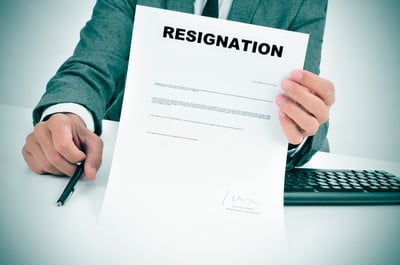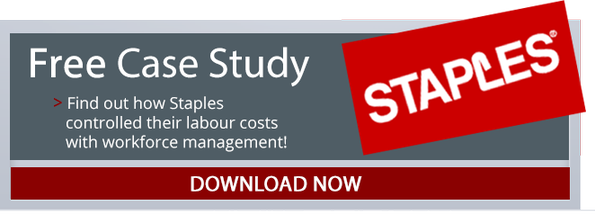 No matter how engaged your workers are, there are times where employees find new opportunities. Whether it's switching careers, leaving the workforce altogether, or working for a competitor, those employees have valuable insight into your company, if you let them speak it. Exit interviews provide candid insight into the inner workings of your business that can benefit the workplace they leave behind. Use these five tips to get more value from your exit interviews and better your workplace in the process.
No matter how engaged your workers are, there are times where employees find new opportunities. Whether it's switching careers, leaving the workforce altogether, or working for a competitor, those employees have valuable insight into your company, if you let them speak it. Exit interviews provide candid insight into the inner workings of your business that can benefit the workplace they leave behind. Use these five tips to get more value from your exit interviews and better your workplace in the process.
Wait
Timing is everything when it comes to exit interviews. Some companies conduct them when the employee turns in notice, others on the employee's last day, but the best time to conduct your exit interview is after the employee has left, preferably at least one month.
Why the wait? Depending on the employees' reason for leaving, they may be hesitant to speak honestly about the state of the workplace. If an employee leaves for a competitor, they may not want to jeopardize their opportunity to return in the future. If they are leaving due to workplace conflicts, they may be biased in the immediate weeks after leaving. After a month, former employees have had time to reflect on the position and fully compare it to their current workplace. This means they are willing to speak more openly and fairly about their former workplace. For the best exit interviews, wait until the employee is gone.
Standardize Your Process
Exit interviews shouldn't be off the cuff. Just like the hiring interview process, there should be a standardized question format to ensure that employers are gathering the same information from each former employee. Create a list of exit interview questions that are open-ended but informative to gather information about work environment and management. This will keep exit interviews on track and useful for future data mining.
Review For Trends
When holding exit interviews, you'll find an array of reasons for leaving. Despite the variations, once you've amassed a pile of exit interviews with a standardized questionnaire, you'll start to see similar experiences and frustrations. Sit down at least once annually to look for those trends to address them and strengthen those processes that former employees enjoyed and repair those cited as reasons for leaving.
Choose a Neutral Party
It's customary for managers to conduct their own exit interviews but you may not be getting the best results with this method. Many times, employees are hesitant to criticize their former boss or honestly answer HR for fear of future retribution. Whether this is fair or unfair, it is a reality. Choose a neutral party, either from an outside agency or a non-affiliated department, to help managers gather more meaningful data during exit interviews.
Stress Confidentiality
Exit interviews can be uncomfortable, both for the former employee and the employer. Many former employees don't want to close off the possibility of being re-hired or may not want to hurt the feelings of their former co-workers and managers.
To get more candid information from an exit interview, upholding confidentiality is essential. Using a neutral party can only go so far. Make the exit interview process truly confidential by restricting specific responses to only those high level executives that need to gather data. For lower level managers, use the annual review to give managers feedback on their performance and recommendations for creating a better work environment.
Exit interviews can provide necessary information for companies. Even for companies with great retention and worker satisfaction, exit interviews can reveal small issues that create dissatisfaction and productivity issues. Use these five tips to make your exit interviews meaningful.
